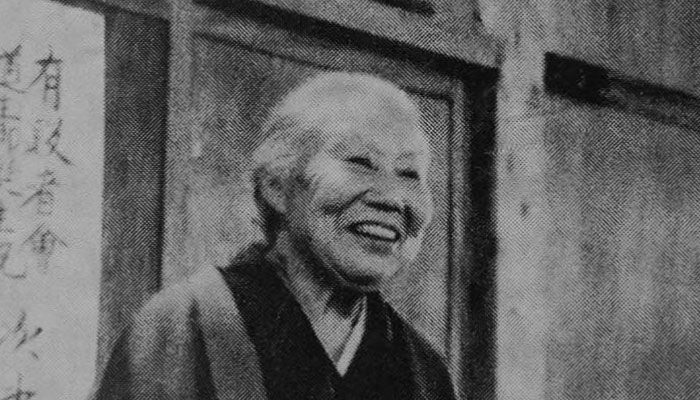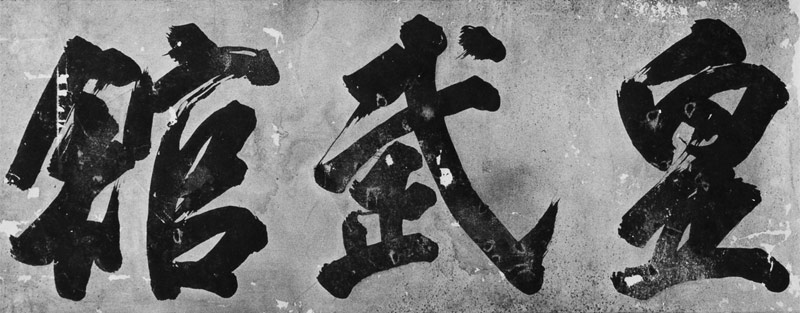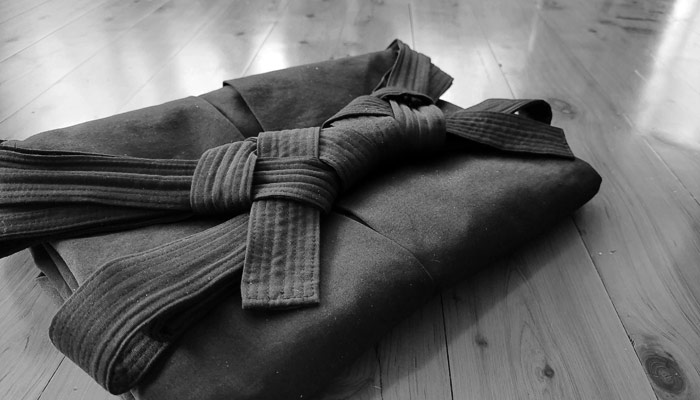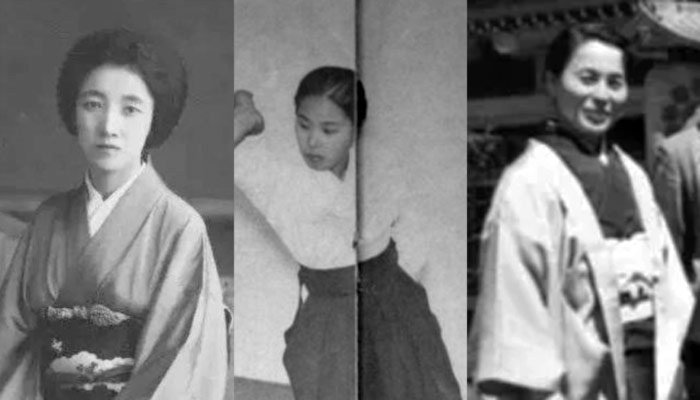-
Hatsu Ueshiba: The Most Important Woman Behind the Birth of Aikido
Hatsu Ueshiba 植芝はつ, the wife of Morihei Ueshiba, played a vital role in supporting her husband’s martial arts journey and the establishment of Aikido. Born in 1885 in Wakayama Prefecture 和歌山県, Japan, Hatsu was originally named Hatsu Itokawa 糸川はつ. The Itokawa family descended from the Kai Takeda 甲斐武田 clan, whose lineage traces back to Emperor Seiwa 清和天皇, the 56th emperor of Japan. Morihei’s mother, Yuki ゆき, also hailed from the Itokawa clan. Hatsu was two years older than Morihei, and they grew up together as childhood friends. Morihei married Hatsu when he was only 18, shortly before enlisting in the army. The timing of their marriage seems unusual, and the…
-
A Journey of Naming: From Daito Ryu to Aikido (Part I)
Aikido, renowned for its philosophy of harmony and non-resistance, has a rich history that traces its roots back to Daito Ryu Jujutsu 大東流柔術. During the evolution of Aikido, Ueshiba used various names for his art before settling on the term “Aikido 合気道”. Ueshiba had studied multiple martial arts, including Tenjin Shinyo Ryu 天神真楊流, Kito Ryu 起倒流, Yagyu Shinkage Ryu 柳生新陰流, and Judo 柔道 before encountering the martial arts master Sokaku Takeda 武田惣角. In 1915, Ueshiba came across Takeda during his exploratory journey in Hokkaido 北海道. Astonished by Takeda’s knowledge and techniques, he swiftly decided to become Takeda’s disciple. The following year, Ueshiba established a dojo in Shirataki 白滝村 and invited…
-
The Story Behind Aikido’s Traditional Attire: Hakama
A hakama 袴 is a traditional Japanese garment that has been worn in Japan for centuries. Originally, it was worn by nobles, court officials, and samurai warriors as a symbol of their status and rank. It naturally became the standard outfit for those who practice kobudo 古武道, including the samurai. Today, practitioners of these old arts, as well as modern arts such as aikido 合氣道, iaido 居合道, or kyudo 弓道, continue the tradition of wearing hakama during training. However, some arts have discarded this tradition due to various reasons such as practical reasons in judo 柔道 or origin/religious reasons in shorinji kempo 少林寺拳法. The history of the hakama in aikido…
-
Breaking Barriers: The Pioneering Women of Aikido
Japan has a rich history of women practicing martial arts. Women of the samurai class learned naginatajutsu as part of their education and self-defense training since the Edo period (1603-1867). There are also records of women practicing kenjutsu, ko-tachi 小太刀, kusarigama 锁镰, and other weapon arts, but taijutsu was relatively uncommon. However, the situation began to change in the early 1900s when martial arts such as Judo became a regular part of school curriculums. In 1919, Ueshiba met Onisaburo Deguchi 出口王仁三郎, the founder of the Omoto 大本教 religion in Ayabe 府綾 Kyoto. The following year, Ueshiba moved his family to Ayabe and joined Omoto. Deguchi encouraged Ueshiba to pursue budo…



